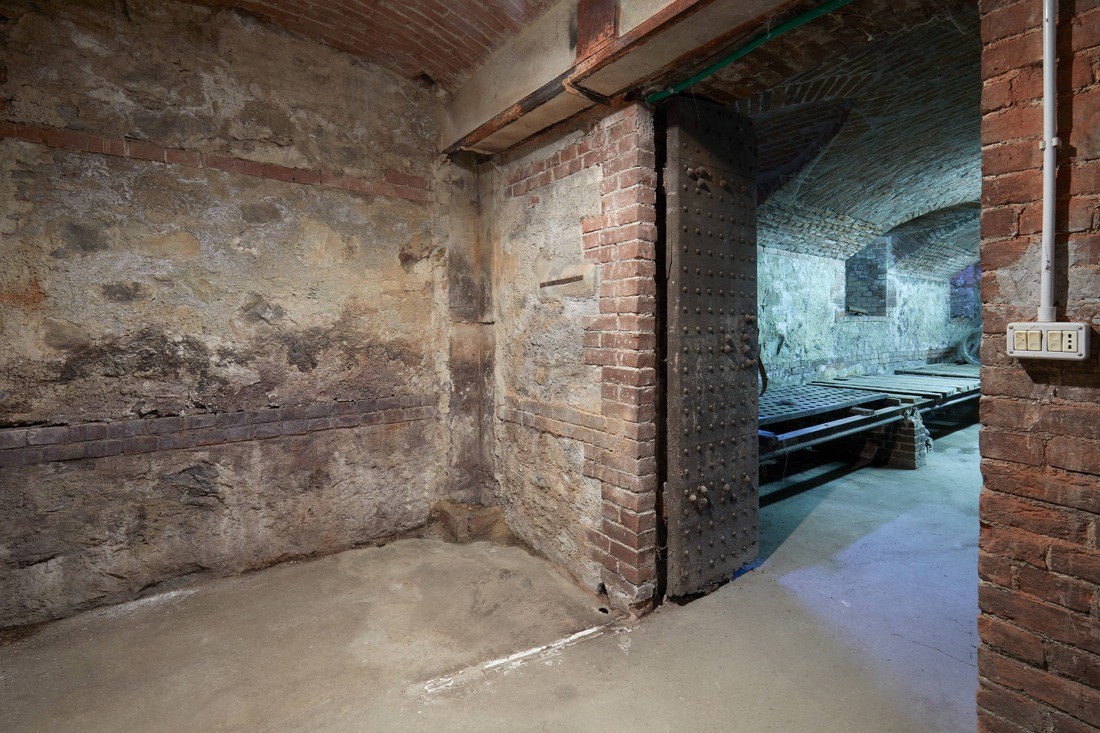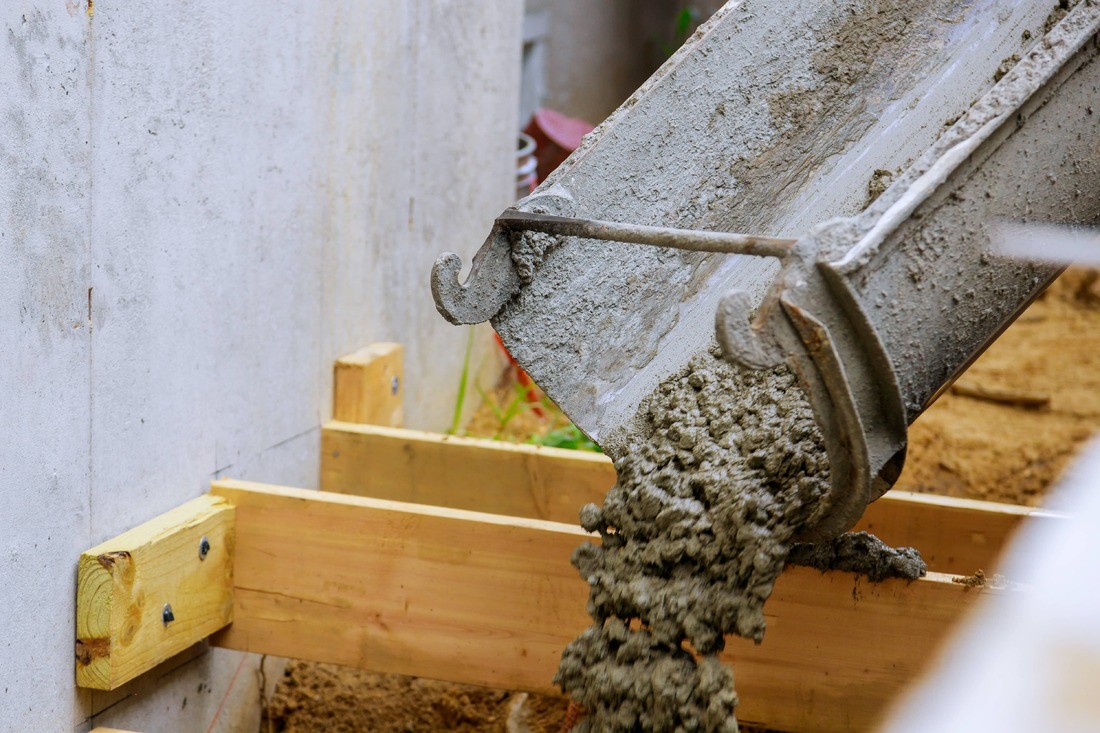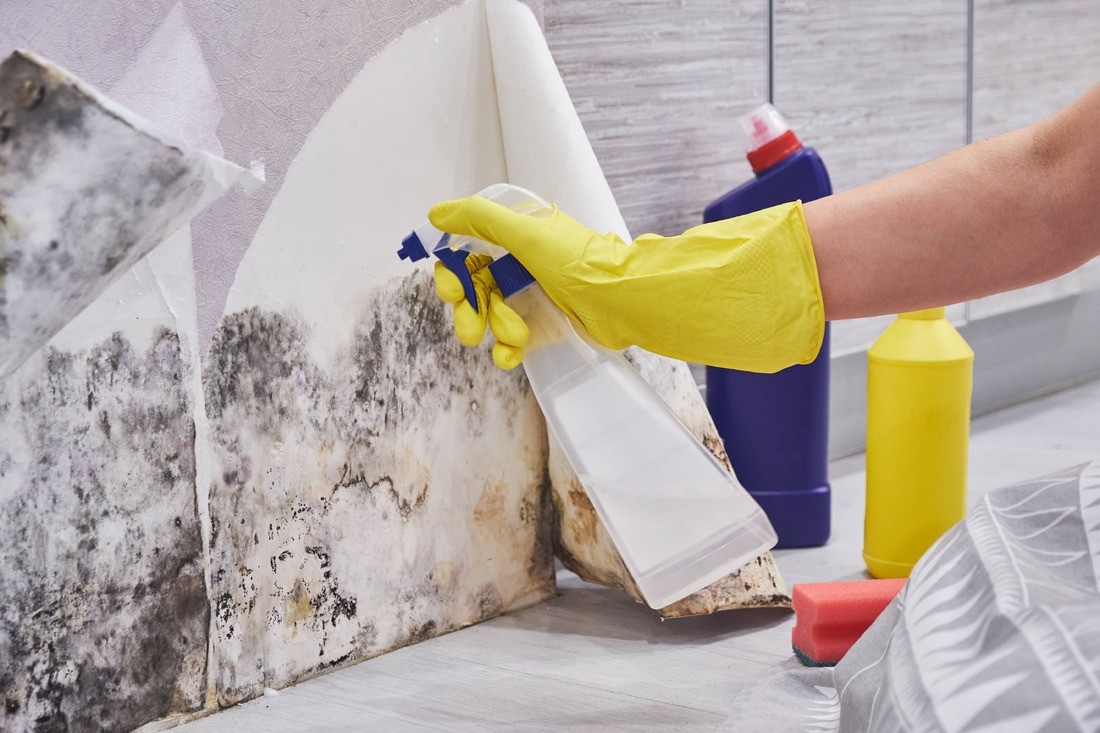
The Importance of Disposing Water-Damaged Basement Insulation Properly
When dealing with water-damaged basement insulation, it is crucial to properly dispose of it to prevent further damage and potential health hazards. Water-damaged insulation can promote the growth of mold and mildew, which can pose serious health risks to occupants of the building. Additionally, damaged insulation may not provide adequate insulation and energy efficiency, leading to increased energy costs.
Properly disposing of water-damaged basement insulation ensures the safety and well-being of you and your family, as well as the long-term functionality and structural integrity of your home. In this article, we will explore the various aspects of disposing of water-damaged basement insulation properly.

The Dangers of Water-Damaged Insulation
Water-damaged insulation creates the ideal environment for mold and mildew growth. Mold spores can spread through the air and cause respiratory issues, allergies, and other health problems. When wet insulation is not properly treated or removed, it can become a breeding ground for mold, putting the health of the occupants at risk. The presence of mold can also decrease the indoor air quality of the entire house.
Moreover, water-damaged insulation loses its insulating properties. Wet insulation is less effective in preventing temperature transfer between the basement and the rest of the house, resulting in increased energy consumption and higher utility bills.
Steps to Properly Dispose Water-Damaged Basement Insulation
Properly disposing of water-damaged basement insulation involves several important steps. By following these steps, you can effectively remove and dispose of the insulation while minimizing the risk of mold growth and further damage.

1. Assess the Extent of Water Damage
Before removing any insulation, it is crucial to assess the extent of the water damage. If the insulation is heavily saturated and shows signs of mold growth, it is best to contact a professional water restoration company like Service Water Restoration Pros for assistance. They have the expertise and equipment to safely remove the insulation and remediate any mold issues.
2. Wear Protective Gear
When handling water-damaged insulation, always wear appropriate protective gear to minimize exposure to harmful substances. This includes goggles, gloves, a mask, and disposable coveralls. These safety precautions will help protect you from inhaling mold spores or coming into direct contact with contaminated materials.
3. Seal Off the Area
To prevent the spread of mold spores to other areas of your home during the removal process, it is important to seal off the affected area. This can be done by using plastic sheeting and duct tape to create a barrier around the workspace. It is also advisable to use a negative air machine or an exhaust fan to create negative pressure in the space, ensuring that any airborne mold spores are vented to the outside.
4. Remove the Water-Damaged Insulation
Using appropriate tools such as utility knives or insulation removal vacuums, carefully remove the water-damaged insulation from the basement. Be cautious not to disturb the mold or spread it to other areas. Place the removed insulation into heavy-duty trash bags for disposal.
5. Clean and Disinfect the Area
Once the insulation has been removed, thoroughly clean and disinfect the area. Use a commercial mold and mildew cleaner or a mixture of water and detergent to scrub any visible mold growth. Make sure to dry the area completely to prevent further mold growth.
6. Properly Dispose of the Insulation
It is important to dispose of the water-damaged insulation properly. Check with your local waste management facility to determine the specific requirements for disposal. In some cases, they may require the insulation to be double-bagged or placed in a designated area for hazardous materials.
Conclusion
Properly disposing of water-damaged basement insulation is crucial to prevent further damage and ensure the safety of occupants. By following the steps outlined in this article and seeking professional assistance if necessary, you can effectively remove and dispose of the insulation while minimizing the risk of mold growth and other potential health hazards.
What are the dangers of water-damaged basement insulation?
How should I properly dispose of water-damaged basement insulation?
For professional water damage restoration services and assistance with disposing of water-damaged basement insulation, contact Service Water Restoration Pros at 949-209-1582 or visit https://servicewaterrestorationpros.com/.


